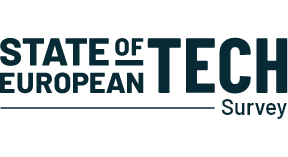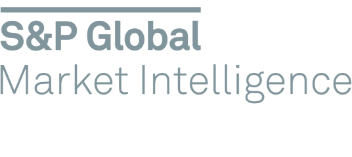Exits remain muted and led by M&A
This year’s IPO landscape was particularly quiet, while not completely dormant. In contrast, the M&A market has displayed higher levels of activity, although the volume and value of transactions are still far from the peaks of 2020 and 2021.
Enormous cash firepower sitting on the sidelines
Globally, the dry powder held by PE firms is at record levels, reaching $2.3 trillion as of 30 September 2023. Meanwhile, corporate buyers are also sitting on huge cash balances that could be deployed to fuel M&A activity.
Europe’s never had a stronger pipeline of billion-dollar exit candidates
Judging by the number of VC-backed tech companies that have raised a minimum of $300M over the course of their lifetime, Europe already has more than 120 companies that are viable future candidates for billion-dollar exits.
Liquidity events - or exits - are critical to the effective functioning of the European tech flywheel - the virtuous cycle that powers the ecosystem. These serve not only as a means to unlock the realisation and redistribution of capital gains, but also as catalysts for the systematic recycling of talent and expertise into a new generation of companies.
Following the peak of the market in Q4 2021, six consecutive quarters of subdued exit activity followed. The IPO landscape, in particular, was notably quiet - though not entirely dormant.
The third quarter of 2023 saw a notable uptick in liquidity events. Before ARM's gigantic $55B IPO this year to test a 're-opening' of the IPO window, Europe had already witnessed two other billion-dollar tech public offerings this year, including the $2.6B listing of German cloud infrastructure provider IONOS Group and the ill-fated $1B IPO of UK fintech CAB Payments.
In contrast, the M&A market has displayed higher consistent levels of activity, although the volume and value of deals are still far from the peaks of 2020 and 2021.
As we'll explore throughout the report, the big shifts in the exit landscape, both in the pathway to liquidity and in the form of a reset of the valuation environment, have led to knock-on consequences for founders, talent, VCs, LPs and beyond.
European tech M&A transaction value and tech IPO market cap at close of first trading day ($B) by announcement quarter, 2019 to 2023
The acquisition of InstaDeep by BioNTech allows us to aim higher and build things in a more long term perspective.
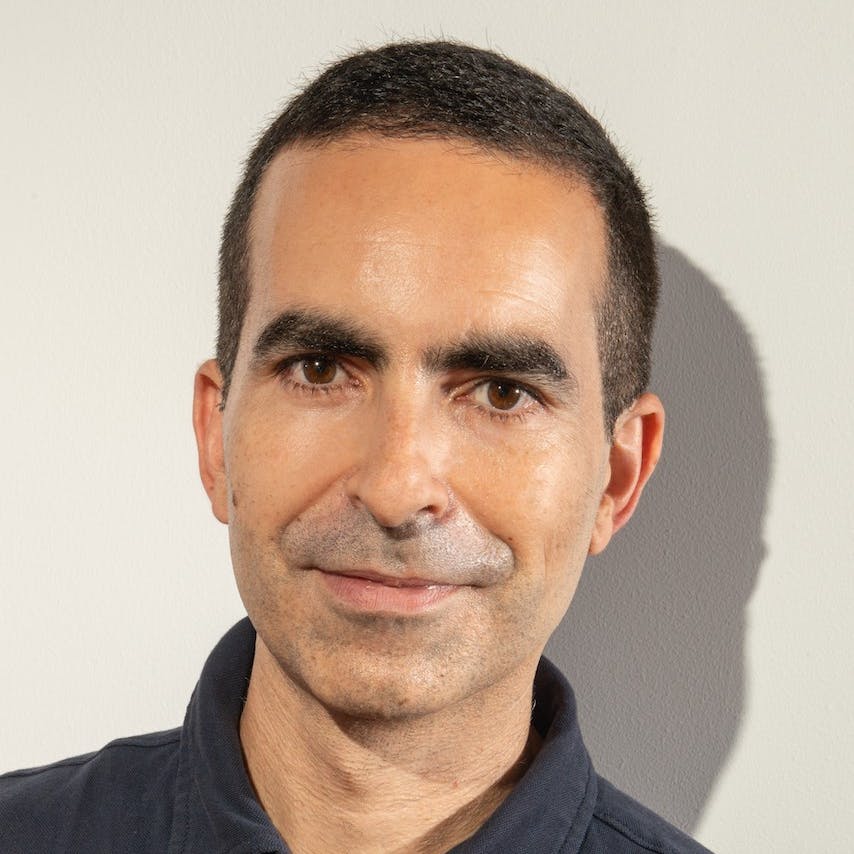
As a startup, you’re always focused on generating revenue and managing investors, but now, this has meant our sense of urgency is focused around Deep Tech innovation and addressing global challenges. When I co-founded the company, the goal was to build AI that benefited everyone, and the backing and support of BioNTech allows us to take things to the next level.
The impact of a slow exit landscape for investors is an elongation of the expected timeline of liquidity events, and therefore a delay in projected distributions. Meanwhile, the ongoing liquidity crunch for LPs creates heightened pressure on VC GPs to deliver distribution.
This change in sentiment around the pressure to deliver distributions is reflected in VCs spending more time to proactively 'engineer' liquidity opportunities, through secondary sales, continuation funds, or other means. According to VC survey respondents, almost half have spent more time over the past 12 months proactively exploring these opportunities. Just 2% of VC respondents had deprioritised this compared to a year ago, with responses consistent across all stage focuses.
Has your fund spent more or less time proactively exploring liquidity event opportunities (e.g. selling secondaries, setting up a continuation fund, etc) so far in 2023 compared to last year?
M&A is a critical feature of any healthy industry, providing a path to new opportunities and liquidity for any company, whether VC-backed or not. The European tech industry is no different. Over the past five years, 68 technology companies from the region have been acquired in tractions valuing the companies at over a billion dollars, of which 30 (44%) were VC-backed. This compares to 168 billion-dollar acquisitions of US tech companies over the same period.
Not surprisingly, 2023 has recorded the lowest number of $B+ M&A transactions for many years, both in Europe and in the US. But despite a much slower market, Europe has still seen five $B+ acquisitions of tech companies this year to date, though only a single VC-backed company is within that cohort.
It should be noted that these numbers include acquisitions of both private companies and take-private transactions involving formerly publicly-listed tech companies.
Number of $B+ M&A transactions per year, by region and VC-backed or not, 2019 to 2023
The largest transaction this year is the proposed majority acquisition of Worldpay, by private equity firm GTCR for an implied enterprise value of $18.5 billion.
Private equity has generally been a strong theme in European tech in 2023, with financial sponsors responsible for three of the top 5 largest M&A transactions in Europe this year. Three of these (SimCorp, Software AG and Kahoot!) involved public-to-private transactions.
Top 5 largest M&A transactions by disclosed value, 2023YTD
| Name | HQ | Acquirer | EV ($B) | Acquirer type |
|---|---|---|---|---|
| Worldpay | United Kingdom | GTCR | 18.5 | Private Equity |
| SimCorp | Denmark | Deutsche Börse | 4.5 | Strategic |
| Software AG | Germany | EQT | 2.9 | Private Equity |
| Kahoot! | Norway | Goldman Sachs Assets Management | 1.6 | Private Equity |
| Reward Gateway | United Kingdom | Edenred | 1.4 | Strategic |
Across all transaction value brackets, 2023 registered a significant decline in the number of M&A transactions. Billion-dollar acquisitions may dominate the headlines, but they do not dominate overall M&A activity by volume. In fact, billion-dollar acquisitions typically only account for a low single-digit share of all M&A transactions in any given year. In 2023, billion-dollar acquisitions made up just 3% of M&A activity in the year to date. As in every other year, the vast majority (77%) of M&A transactions in 2023 were sized at less than $100M.
Number of M&A transations by transaction value and by year, 2019 to 2023YTD
The contraction in overall M&A activity is also clear when looking only at transactions involving VC-backed European tech companies. The volume of transactions has fallen in 2023 across every category when segmented by the size of the transaction in terms of enterprise value.
The mid-sized category involving transactions valued at between $100M and $1B has seen a particular slowdown year-on-year. So far in 2023, there have been just 11 transactions in this range, implying an expected full-year count of around 15. This would represent under half the number of similarly-sized transactions (31) recorded in 2022.
Number of VC-backed M&A transactions by transaction value and by year, 2019 to 2023
The reset of the valuation environment - falling back to long-term average multiples - alongside a challenging fundraising environment could be perceived as factors that may drive an increase in 'discount shopping' for potential M&A targets. It's clear, however, that for many potential buyers, it has simply meant putting a pause on M&A in order to focus on stability. This means that VC-backed company buying activity has fallen, mirroring the trends of the overall M&A landscape.
The interesting trend in this chart, however, is looking at the relative importance of VC-backed buyers of tech companies in the US vs. Europe: in Europe, VC-backed companies account for just 23% of all M&A transactions involving tech company targets. In the US, this number is 55%.
This delta can be attributed to the relative maturity of the tech ecosystems. In the US, there is simply a larger pool of at-scale, VC-backed companies that make up the potential buyer universe. This once again underlines the importance of the European tech flywheel. The more the virtuous cycle helps to produce scaled technology companies, the more they will drive higher M&A volumes, helping to accelerate the process of recycling capital and talent in the ecosystem.
Count and share (%) of transactions with VC-backed buyers based in Europe versus United States, 2019 to 2023
In today’s uncertain times, we are focusing on strategic value and thinking in the long term. An acquisition has to bring us closer to our strategic objectives, not just increase our ARR. It has to complement our existing product, enhancing our capabilities through both people and tech.

Additionally, nowadays capital efficiency is a priority. For those with cash and/or equity in hand, it is probably one of the best moments to make really good acquisitions. On the other hand, if fundraising is needed for it, the cost of capital can make an acquisition less obvious despite the decrease in multiples. We are also placing a special emphasis on due diligence. We are making an extra effort to assess the financial health, customer base, tech, and cultural fit of the target company. Finally, timing is key. We are being proactive and seizing opportunities as they arise, rather than waiting for more stable conditions. Bucking the trend by acquiring a well-aligned company during uncertain times positions us to continue our growth and success in the future.
Private European buyers continue to represent the highest share of M&A activity at 63% of the total transaction count. Most of the smaller scale M&A in Europe is a consolidation play, with local players merging to create scale.
This share has been increasing at the expense of Public European buyer activity, decreasing from 17% in 2021 to 12% in 2023 to date. The stock market reset has likely affected the appetite of listed players, with companies putting off potential acquisitions and choosing to maintain cash on their balance sheets.
In total, however, it's clear that European tech companies are overwhelmingly acquired from within Europe, underlining the importance of creating a healthy exit landscape in the region. The combined share of M&A transactions that involve either a private or public European buyer consistently accounts for around three-quarters of all activity, as it did this year (75% of M&A transactions in 2023 involved European buyers).
The distribution of M&A value by buyer type is more volatile, however, given that it is heavily impacted by outsized transactions. This year, for example, GTCR's acquisition of Worldpay meant private US buyers have accounted for 52% of all transaction value in the year to date.
Share of M&A count by buyer region, type and announcement year, 2019 to 2023YTD
Looking at European M&A activity since 2019, the top 10 buyers are all local players with the notable exception of Meta. But no single country dominates, with buyers spanning across the continent from Italy to Norway.
Furthermore, nearly all of the top buyers are tech-first players themselves, excluding the financial services provider Sberbank. For strategic buyers, M&A is the quickest way to scale their customer base or add new features without the need to develop them in house.
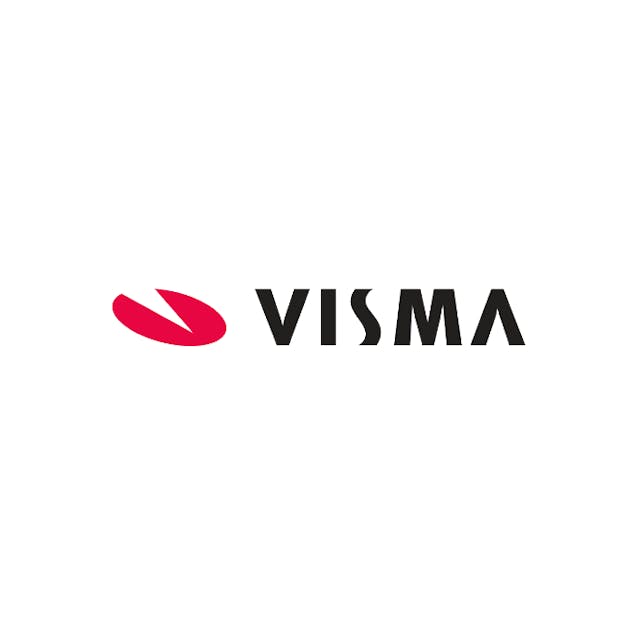
HQ Location - Norway
# of transactions: 12
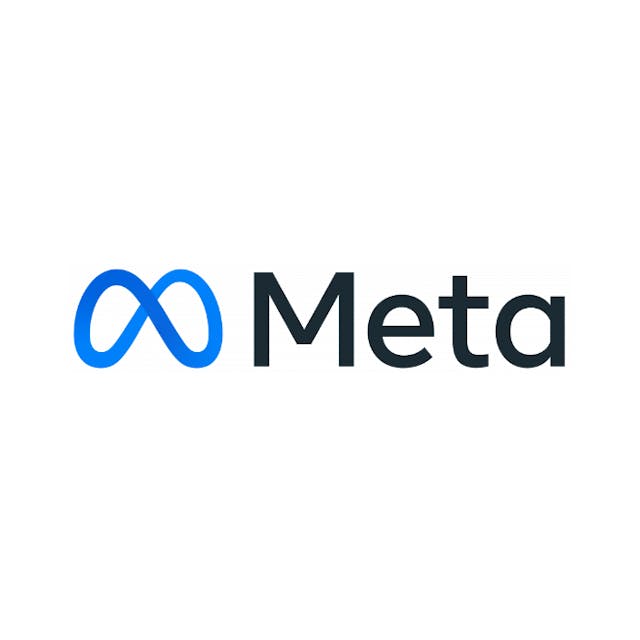
HQ Location - USA
# of transactions: 7

HQ Location - France
# of transactions: 6
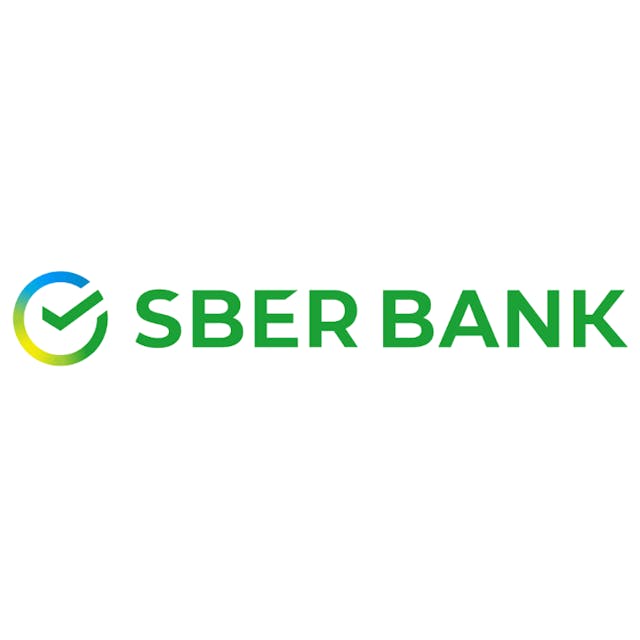
HQ Location - Russia
# of transactions: 6
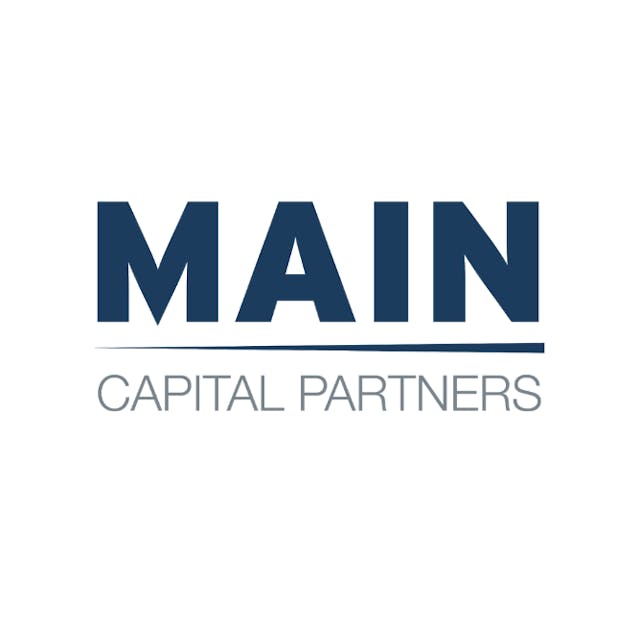
HQ Location- Netherlands
# of transactions: 5
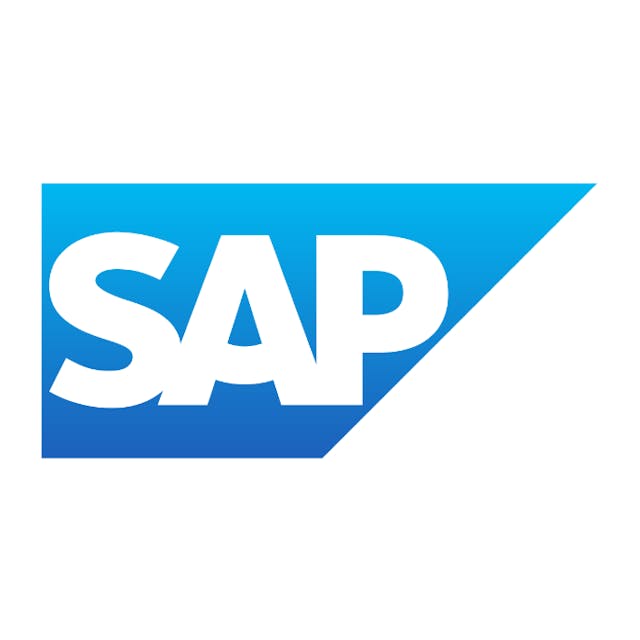
HQ Location - Germany
# of transactions: 5
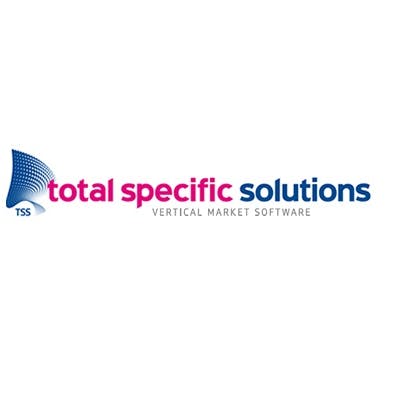
HQ Location - Netherlands
# of transactions: 5

HQ Location - Germany
# of transactions: 5
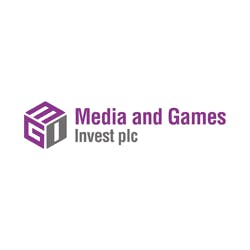
HQ Location - Sweden
# of transactions: 5
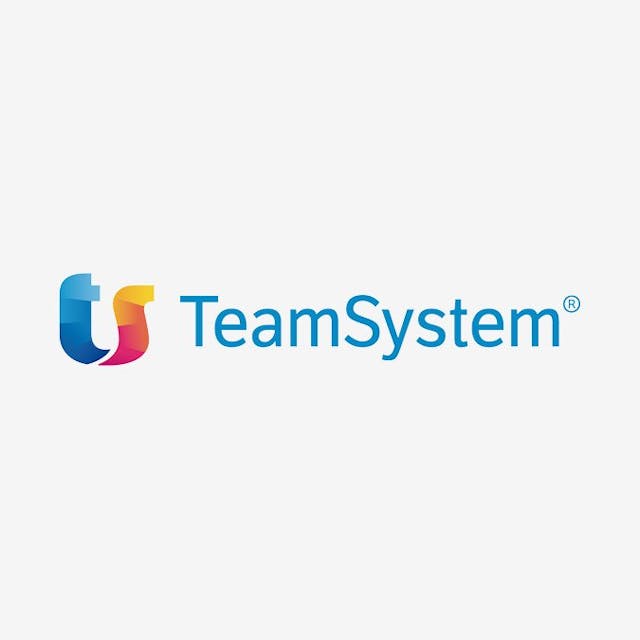
HQ Location - Italy
# of transactions: 5
In both Europe and the United States, the number of take-private transactions by private equity firms increased materially in both 2021 and 2022, fuelled by gigantic fundraises by megacap PE firms and the availability of cheap debt financing. In 2022 alone, 9 public tech companies from Europe and 18 from the US were taken private by PE sponsors, equating to a record aggregate transaction value of $134B
However, a rapid hiking of interest rates and an increasingly challenging fundraising environment have since moderated buyer appetite and slowed (but certainly not diminished) the pace of PE take-privates of public tech companies.
In 2023 to date, 6 companies with a total value of $5B in Europe and 8 companies totalling $32B of value in the US have been taken private by PE firms. The most sizeable of these are the take-privates of Qualtrics International ($11B, led by Silver Lake) in the US and Software AG ($3B, Silver Lake) in Europe.
Announced and completed take-privates in Europe and US, by transaction value ($B) and count, 2019 to 2023
It's fair to assume that PE will continue to be an important driver of M&A activity in the European tech ecosystem, especially when the interest rate environment eases debt financing considerations. Globally, the dry powder held by PE firms is at record levels, sitting at $2.3T as of 30 September 2023. This has effectively tripled in scale over the past decade.
Separately, corporate buyers are also sitting on huge cash balances that could be used to fuel M&A activity. The five largest US public technology companies cumulatively hold balance sheet cash levels of nearly $400B. By comparison, the five largest European public technology companies have an aggregate cash balance of just under $50B.
Global Private Equity dry powder and cash balances of selected tech companies
In the public markets, one story of 2023 has been the stabilising and recovering of multiples. While the highs of 2021 remain distant peaks, the median enterprise value to next-12-months (NTM) revenue - after sinking below average through most of 2022 - rebounded back above this line early this year, only to dip just below it in October 2023. The multiple for companies trading in the top quartile, meanwhile, is still hovering below the long-term, 10-year average.
It is this recovery in multiples, coupled with reduced volatility, that helped to lay some of the necessary groundwork for an initial reopening of the IPO window in late-2023. More significantly, it will continue to be crucial, along with confidence in strong post-listing performance, in setting the stage for an even stronger increase in IPO activity in 2024.
NASDAQ-100 Technology Sector Index - Total enterprise value / NTM revenue multiple in time
I am more optimistic about European tech but my optimism actually has little to do with recent public market ups and downs.

I believe that the tech world is flattening with the continued development of talent pools around the world (including of course across Europe), reduced friction to global distribution of technology products (via cloud & mobile platforms) and greater ambition and aspirations of European entrepreneurs. It’s an exciting time to be starting and investing in new technology companies in Europe regardless of what the stock market did yesterday!
With the IPO window effectively having been shut since early 2022, very few tech companies have chosen to list. As a consequence, the overall count of public tech companies has fallen in both Europe (down 3% year-on-year) and the US (-7%). This has been compounded by take-private transactions as well as company failures.
Looking at the past decade, there are very different trajectories observable in Europe and the US. While Europe's count of public tech companies has expanded by more than 200 since 2014, it has declined by almost 200 in the US.
It's important to note, however, that this does not tell the full story. European stock exchanges are full of small- and mid-cap companies, many of whom have market caps of less than $100M. This is a consequence of the fact that public markets in Europe have historically been important sources of growth capital in the historical absence of a well-developed ecosystem for private capital.
Count of public tech companies in Europe and the US, 2014 to 2023
Once listed, most European companies tend to stay listed in Europe. Looking at companies that first listed ten years ago, only 10% have ceased trading since their IPOs. The share of delisted IPOs is much higher in the United States, where the equivalent share of delisted 2014 IPOs stands at 35%. Over time across all listing year vintages, there is a consistent trend for listed US tech companies to subsequently delist at much higher rates than in Europe.
The reasons for delisting vary, of course, from being forcibly delisted, to going out of business, or to being acquired through consolidation or financial sponsors.
While a higher level of delistings might look like an issue, it's actually a feature of functioning capital markets that have a high level of liquidity driving the efficient recycling of capital and value. In this context, the higher delisting share among public US tech companies is representative of a deeper and more liquid capital market environment that supports buyer activity. This is similar to the fact that higher levels of M&A activity are also a feature, not a bug, of healthy equity capital markets.
Share of delisted companies in Europe and US by year of first pricing, 2014 to 2023
The full scale of the IPO activity pullback is best observed over a longer time period. 2021 stands out as a truly exceptional year, with a combined 91 $B+ listings on record, with the following two years plummeting since the peak of public market valuations in November 2021.
The volume of $B+ tech listings is still far behind pre-2021 levels, with just three recorded in Europe and two in the US so far in 2023.
Count of $B+ IPOs in Europe and US, 2014 to 2023
Despite the general quiet of the public markets, Europe still managed to record a total of three billion-dollar market cap tech IPOs in 2023, capped off by ARM's massive $55B IPO in Q3 2023.
Whether or not ARM represented the start of a long-awaited set of market 're-openers' is yet to be seen. The relatively flat post-IPO performance of ARM's share price is likely to give food for thought to some candidates until a clearer sense of price stability is established.
The self-inflicted challenges surrounding the CAB Payments listing, meanwhile, are less likely to embolden other candidates in the IPO pipeline. Thanks to an unexpectedly stark profit warning just weeks after IPO-ing, CAB Payments has lost 81% of its market cap, as of the time of publication.
The drop in CAB Payments' market cap has been the steepest, while ARM and IONOS are standing at -5% and -30% compared to their first day of trading.
Notably, ARM chose to list in the US over a local listing in the UK, despite intense lobbying efforts from the UK government and other UK stakeholders.
It's clear that there is still much work to be done to make listings on European exchanges the preferred gateway to the public markets for Europe's largest and highest-profile tech companies.
$B+ listings in Europe, 2023
| Name | HQ | Market Cap at first pricing ($B) | Latest Market Cap ($B) | % price change | Quarter of listings | Listing Venue |
|---|---|---|---|---|---|---|
| Arm Holdings | United Kingdom | 54.5 | 51.8 | -5% | Q3 | Nasdaq Global Select |
| IONOS Group | Germany | 2.8 | 1.8 | -30% | Q1 | XETRA Trading Platform |
| CAB Payments | United Kingdom | 1 | 0.2 | -81% | Q2 | London Stock Exchange |
The rebound of the public markets in 2023 is reflected in the share price and market cap evolution of Europe's most valuable public tech companies.
All but one of the top 10 most valuable companies has increased their average daily market cap in 2023 vs. their average daily market cap in 2022. In fact, the peaks of 2021 are even in sight for some, including ASML, Europe's most valuable technology company.
Change in average market cap of Europe's Top 10 largest tech companies (as of Q3 2023), 2021 to 2023
| Company | HQ Country | Year Founded | 2021 Market Cap ($B), average | 2022 Market cap ($B), average | 2023 Market Cap ($B), average |
|---|---|---|---|---|---|
| ASML | Netherlands | 1984 | 287 | 226 | 259 |
| SAP | Germany | 1972 | 163 | 120 | 150 |
| Prosus | Netherlands | 1994 | 158 | 84 | 94 |
| Arm Holdings | United Kingdom | 1990 | N/A | N/A | 54 |
| Dassault | France | 1981 | 66 | 54 | 53 |
| NXP Semiconductors | Netherlands | 2006 | 55 | 46 | 49 |
| Infineon Technologies | Germany | 1999 | 55 | 39 | 48 |
| Adyen | Netherlands | 2006 | 79 | 51 | 43 |
| STMicroelectronics | Switzerland | 1987 | 37 | 34 | 42 |
| Experian | Ireland | 1826 | 37 | 32 | 32 |
Global markets are showing signs of stabilisation. With the exception of China, all global regions have seen some recovery in public market values since the 2021 peak.
The United States continues to dominate, capturing 70% of the global market cap at $17T. At just $1.4T in total market cap, Europe captures only a mid-single-digit percentage (6%) of the total public market capitalisation of global technology companies, despite capturing four positions within the top 10 countries by tech market cap.
Total market cap ($T) per region, 2021 to 2023
The Netherlands continues to lead Europe in terms of total public tech market cap. It is also home to four of the top 10 largest European tech companies by public market cap. ASML on its own is a true multi-hundred-billion-dollar European tech giant, accounting for 52% of the Netherlands' total market cap.
Meanwhile, the UK leapfrogged France, largely thanks to the ARM mega-listing, which contributed 34% of the country's total market cap in 2023. Without a helping hand from ARM, the UK would have underperformed year-on-year.
Similarly, the German public tech market is heavily reliant on SAP's performance, as it contributes a whopping 53% to Germany's total tech market cap. The stock price recovery of SAP is also reflected in Germany adding $33M to its market cap.
The European public tech markets continue to be concentrated among a few top players, where the top three account for 35% of the total 2023 market cap and the top 10 for 58%.
Total market cap ($B) for top 10 european countries, 2021 to 2023
Issuers have been delaying plans to undertake IPOs on both sides of the Atlantic, as the buy-side remains reluctant to invest given prevailing interest rates and macro-economic, geo-political and fiscal uncertainties.

As such, we’re seeing growth companies pursue direct listings (supported by shareholder and commercial bank working capital facilities) and reverse mergers/takeovers as alternative routes to market, and we expect to see that trend continue in 2024.
Despite almost two full years of quiet on the exit front, it's worth taking a longer-term perspective on the state of Europe's ability to produce large-scale companies that succeed in going from founding to a billion-dollar liquidity event.
In the past five years alone, there have been a remarkable 111 billion-dollar exits of European tech companies, the majority of which (60%) have been realised via M&A.
While reaching $B+ outcomes via initial public listings has been somewhat less common than via M&A for European tech companies historically, the reopening of the IPO window and the development of deep and liquid public capital markets is a critical factor for the long-term health and progress of the European tech ecosystem.
As this report has consistently highlighted, outsized exits are an important component of the European tech flywheel, with success stories unlocking capital and talent as well as inspiring the next generation of founders.
Count of European $B+ IPOs and M&A transactions
We have recently seen a very healthy market correction separating "vitamin" from "painkiller" applications and stopped trying to copy Silicon Valley. Instead we started to be more self confident building on Europe's very own strengths and DNA to build an ecosystem that unlocks our full potential.

I am very excited about Europe's future IPO pipeline. Overall we are at an inflection point of global tech seeing a dramatically accelerated technology adoption in B2B: There is no economic reason for any part of the value chain not to be digitized in the long run if there is potential to streamline and automate processes. This time we are in a strong position in Europe to shape the next wave of disruption in B2B: Europe is home to many global industrial world market leaders, most of them built on legacy technology with the potential to be either disrupted or enabled by new digital technologies. Europe is home to some of the global leading tech universities as sourcing ground to bring up new tech founders! The initial result are global category leaders born out of Europe such as Celonis, UiPath or Miro with the next generation such as Aiven, Pigment or Tacto on their toes to follow the trend.






